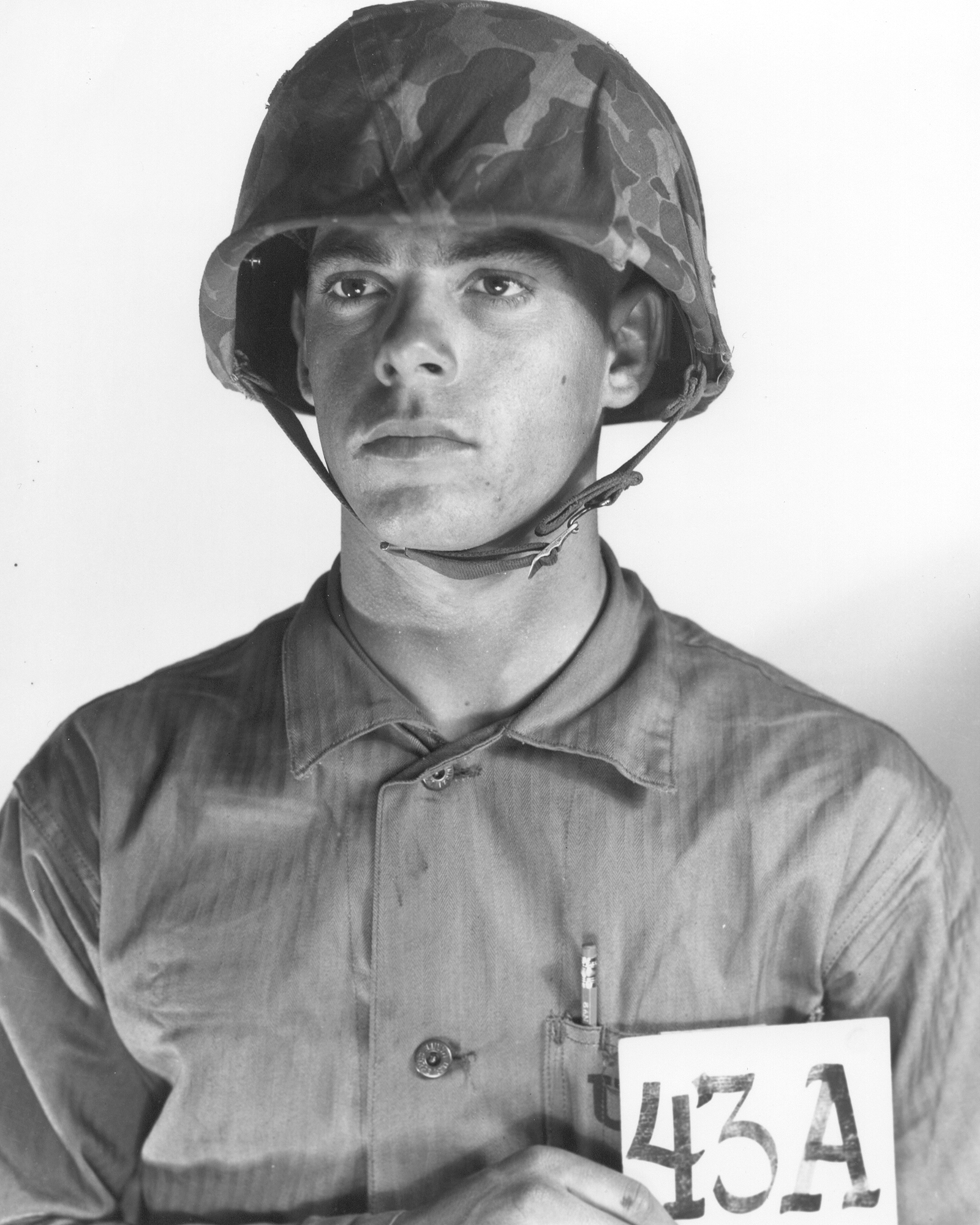The Tuskegee airmen and their accomplishments are an enduring and powerful piece of American history. In many ways, their legacy is chock-full of irony. It is worth revisiting their story and their legacy – trust us, there’s no lack of all we define as American Grit in their deeds.
First off, if we were to catalog the list of injustices and acts of discrimination these men endured, you'd probably throw your device out of a window. That ain't what this is about. Let's talk instead from beginning to end about the journey of the Tuskegee airmen during WW2.
On March 22, 1941, President Franklin Delano Roosevelt officially activated the all-black World War II fighter squadron. This squadron activation was the first step in the Tuskegee Airmen Experiment.
This experiment, which was expected to fail by the U.S. Government, allowed Black Americans enlisted in the military to be "tested to see if they could be trained as combat pilots and support personnel," according to the Tuskegee historical site.
The U.S. Army Air Corps made the standards for entry aggressively high. By some accounts, much higher than for White pilots.
Airman Coleman Young, later the first African-American mayor of Detroit, told journalist Studs Terkel about the process:
"They made the standards so high, we actually became an elite group. We were screened and super-screened. We were unquestionably the brightest and most physically fit young blacks in the country. We were super-better because of the irrational laws of Jim Crow. You can't bring that many intelligent young people together and train 'em as fighting men and expect them to supinely roll over when you try to fuck 'em over, right?”
As it turns out, the Tuskegee airmen would execute an impressive level of combat air missions. Whereas some other fighter squadrons took on an almost glory-hunting approach to aerial combat, the Tuskegee airmen, particularly the red tails, would demonstrate an unprecedented dedication to "staying on mission."
That mission was protecting our bombers during the brutal air campaign over Europe. Generally speaking, when assailed by the Luftwaffe, white squadrons tended to break off from their protective cover to chase and engage enemy fighters in dogfights.
Unfortunately for the air bomber crews, this meant their most effective protection would often peel off and disappear without warning – leaving them almost defenseless to the inevitable second wave of German fighters who could now dodge and weave between their clumsy formations – killing at will.
The casualty rates for air bomber crews were horrific. So much so that a spirit of malingering started to take hold. It wasn't uncommon for a gross percentage of bombers to turn back from a mission because of "technical or mechanical difficulties."
Then the red tails started being tasked with escort missions. Imagine being a bigoted pilot (as many were in this era) looking out of your cockpit at your escort and seeing a black pilot saluting back at you. Initially, you might have been absolutely appalled, even horrified.
That horror would soon become an immense sense of relief. The red tails simply couldn't be goaded or baited into chasing after German decoys. They clung tenaciously to their escort missions -- they weren't in this for glory. They had a job to do, and even their detractors had to suck it up and admit the Tuskegee airmen were dropping casualties during these bombing missions by as much as 70% -- and in Italy, that rate sometimes exceeded 90%.
The Tuskegee Airmen were credited by higher commands with the following accomplishments:
- 1578 combat missions, 1267 for the Twelfth Air Force; 311 for the Fifteenth Air Force
- 179 bomber escort missions, with a good record of protection, losing bombers on only seven missions and a total of only 27, compared to an average of 46 among other 15th Air Force P-51 groups
- 112 enemy aircraft were destroyed in the air, another 150 on the ground, and 148 were damaged. This included three Messerschmitt Me 262 jet fighters shot down
- 950 rail cars, trucks, and other motor vehicles were destroyed (over 600 rail cars)
- One torpedo boat was put out of action. TA22 was an Italian World War I-era warship (Giuseppe Missori) that had been seized by the Germans and put into service. It was attacked on June 25, 1944, and damaged so severely that she was never repaired. She was decommissioned on November 8, 1944, and finally scuttled on February 5, 1945.
- 40 boats and barges destroyed
A good record for a unit expected to underperform and possibly fail. The Tuskegee airmen have become an enduring sign of perseverance, excellence, and heroism in military history, culture, and American history. Their legacy is preserved at the Tuskegee Airmen National Site -- and in the annals of history, they will always be remembered as the Red Tail Angels.
Gentlemen, brothers -- we salute you.
This we'll Defend.



%201.svg)









